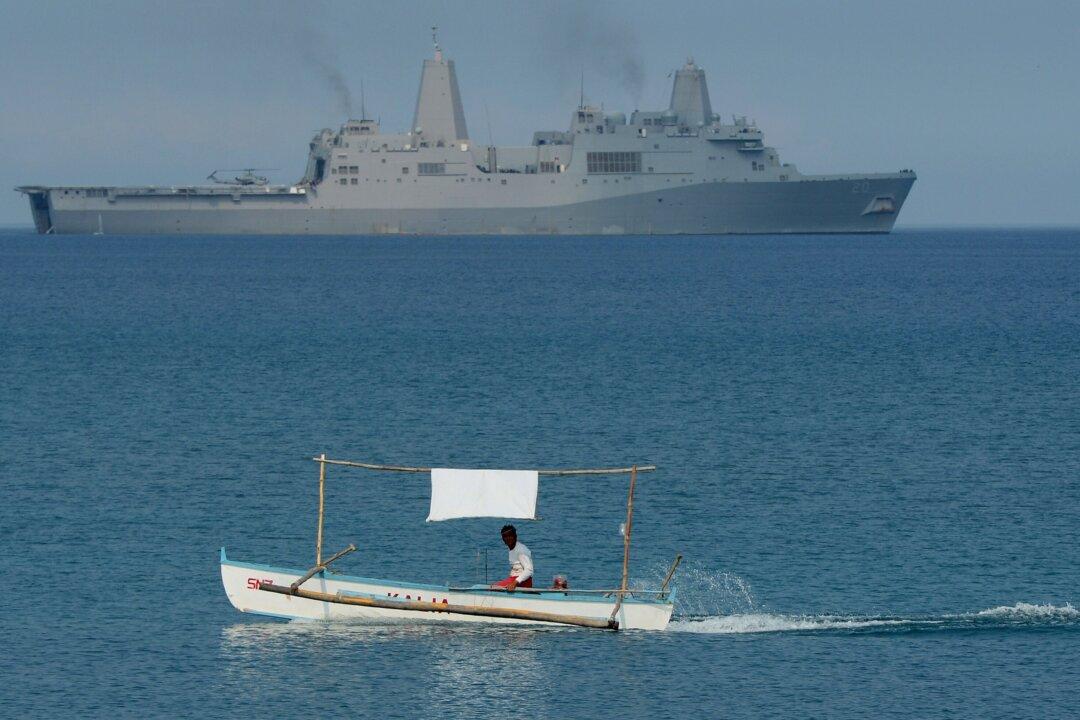The United States has joined with eight other nations to form a new trans-Pacific free trade agreement.
The Trans-Pacific Partnership (TPP) presently includes Australia, New Zealand, Malaysia, Brunei Darussalam, Singapore, Vietnam, Chile, and Peru, although others are also interested.
The pact sets out to remove all trade barriers and tariffs. It will also introduce new uniform labor and intellectual property standards across the Asia-Pacific.
The TPP will be a landmark, 21st-century trade agreement, the group said in a joint statement, and set a new standard for global trade that will boost the global competitiveness of TPP countries.
In Honolulu for the Asia-Pacific Economic Cooperation (APEC) Leaders Summit, President Obama said the new trade agreement has the potential to be a model for other trade agreements beyond the Asia-Pacific region.
“It addresses a whole range of issues not covered by past agreements, including market regulations and how we can make them more compatible, creating opportunities for small- and medium-sized businesses in the growing global marketplace,” he said in a statement.
“It will include high standards to protect workers’ rights and the environment.”
The move was widely welcomed in the region.
Australian Prime Minister Julia Gillard said the TPP will be good for the Australian economy.
“We are a great trading nation, and so freer trade with our growing region means Australian jobs,” she said on National broadcaster the ABC.
Addressing concerns that the U.S. administration may be too distracted by domestic politics to remove trade barriers, Gillard said Obama was pushing for the agreement.
“He brought the group together and he has certainly spoken in the language of ambition for getting this done in 2012—an agreement that does have its sights set high as well as a very broad coverage,” she said.






